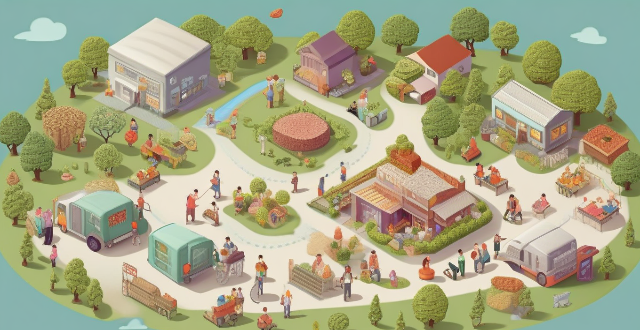Climate variability can lead to increased pest populations, impacting food safety through contamination, physical damage, and toxin production. Effective monitoring, integrated pest management, and adaptation strategies are crucial to address these challenges.

Relationship between Climate Variability, Pest Outbreaks, and Food Safety
Climate variability, pest outbreaks, and food safety are interconnected in several ways. Changes in climate can lead to an increase in pest populations, which can then impact the safety of food sources. Here is a detailed explanation:
Climate Variability
Climate variability refers to changes in temperature, precipitation, and other weather patterns over time. These changes can have significant effects on ecosystems and agriculture. For example, warmer temperatures may allow certain pests to survive and reproduce more easily, leading to increased populations.
Examples of Climate Variability Effects on Pest Populations:
- Warmer Winters: Many pests that would normally die off during cold winters can now survive, leading to larger populations in the spring.
- Changes in Precipitation: Some pests thrive in wet conditions, while others prefer dry environments. Changes in rainfall patterns can favor one type of pest over another.
Pest Outbreaks
Pest outbreaks occur when the population of a particular pest species increases rapidly and causes damage to crops or other resources. These outbreaks can be influenced by climate variability, as mentioned above.
Impacts of Pest Outbreaks on Food Safety:
- Contamination: Some pests carry harmful bacteria or viruses that can contaminate food sources if they come into contact with them.
- Physical Damage: Pests like rodents and insects can physically damage crops, making them unsafe for consumption.
- Toxin Production: Some pests produce toxins that can make food unsafe if they are present in high enough quantities.
Food Safety
Food safety is essential for maintaining public health and preventing diseases caused by contaminated food sources. When pest outbreaks occur due to climate variability, it becomes more challenging to ensure the safety of food supplies.
Ways to Mitigate Risks to Food Safety:
- Monitoring and Early Detection: Regular monitoring of pest populations and early detection of potential outbreaks can help prevent widespread damage to crops and reduce the risk of contamination.
- Integrated Pest Management (IPM): Using a combination of cultural practices, biological controls, and chemical controls can help manage pest populations effectively without relying solely on pesticides.
- Adaptation Strategies: Developing crop varieties that are resistant to pests and adapting farming practices to changing climate conditions can also help mitigate risks to food safety.
In conclusion, climate variability can lead to increased pest populations, which can negatively impact food safety by causing contamination, physical damage, or toxin production. To address these challenges, it is crucial to implement effective monitoring systems, integrated pest management strategies, and adaptation measures that consider both environmental factors and agricultural practices.